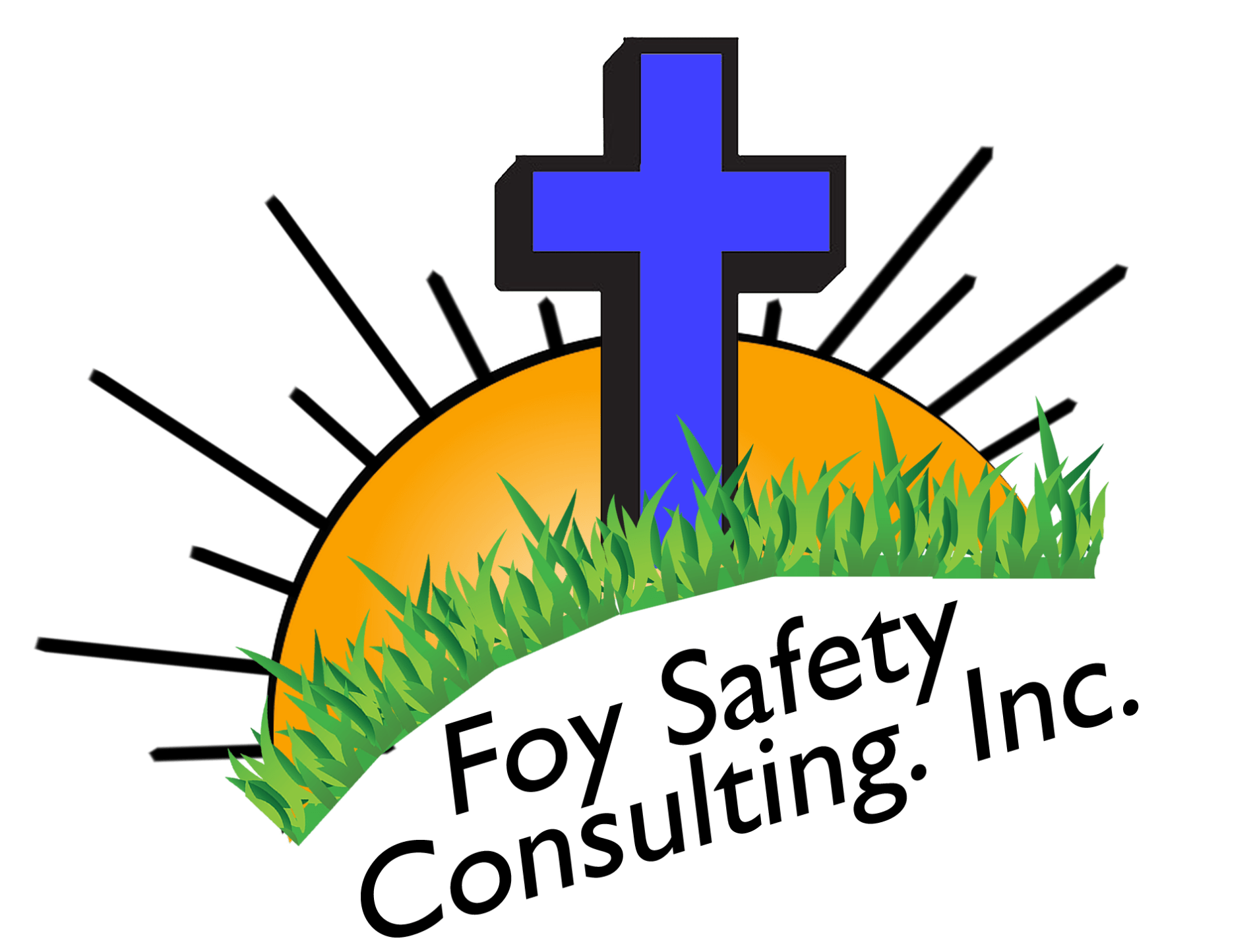When it comes to construction, there’s one unpredictable element that even the best planning can’t always control: the weather. Whether it’s a blazing sun, unexpected rainstorm, or an icy chill, weather conditions can dramatically affect not just timelines—but more importantly—worker safety.
Sunny Skies and Heat Hazards
While sunny days may seem ideal for construction work, extreme heat can cause serious health risks. Workers exposed to high temperatures are vulnerable to:
- Heat exhaustion
- Heatstroke
- Dehydration
- Fatigue (which increases the risk of accidents)
OSHA’s Heat Illness Prevention Campaign urges employers to provide water, rest, and shade. And here’s a fun fact: According to the CDC, your body can lose up to 1.5 liters of water per hour through sweat during strenuous activity in the heat!
Foy Safety Tip: Implement a buddy system during hot weather to keep an eye on early signs of heat stress like confusion or dizziness.
Rainy Days and Slippery Surprises
Rain brings a host of hazards—wet surfaces, reduced visibility, and increased risk of slips, trips, and falls. Heavy rain can also soften the ground, making trenches and scaffolding more unstable.
OSHA Guidelines recommend halting work during storms, especially if there’s lightning or the potential for flash flooding. Wet tools and electrical equipment are a major risk if not handled with proper waterproofing and insulation.
Foy Safety Tip: Use anti-slip mats, check scaffolding stability after rain, and keep power tools dry with weather-resistant storage solutions.
Cold Weather and Frosty Fails
Cold conditions might feel safer, but they bring their own dangers. Icy surfaces lead to falls, and prolonged exposure can cause frostbite or hypothermia.
Per OSHA Cold Stress Guidelines, employers should schedule frequent breaks in warm areas, ensure proper layering of clothing, and monitor workers for signs of cold-related illnesses.
Fun Fact: The human body starts shivering as a natural defense mechanism when the core temperature drops below 95°F—that’s when hypothermia kicks in!
Foy Safety Tip: Insulated gloves, boots with good traction, and wind-resistant outerwear should be non-negotiables in your winter PPE checklist.
Windy Conditions and Flying Hazards
Strong winds can turn harmless objects into flying projectiles. They can also destabilize cranes, scaffolding, and other high-rise structures. OSHA advises halting operations when wind speeds exceed safe thresholds—especially during lifts.
Foy Safety Tip: Secure loose materials, always wear a hard hat, and be extra cautious when working at heights on breezy days.
Planning for the Unpredictable
While we can’t change the weather, we can change how we prepare for it. Weather monitoring apps, flexible scheduling, and daily safety briefings are just a few tools construction teams should use to stay ahead of Mother Nature.
At Foy Safety, we’re committed to helping construction professionals stay safe—rain or shine. From weather-resistant PPE to safety training resources, we’re here to support you every step (and season) of the way.


